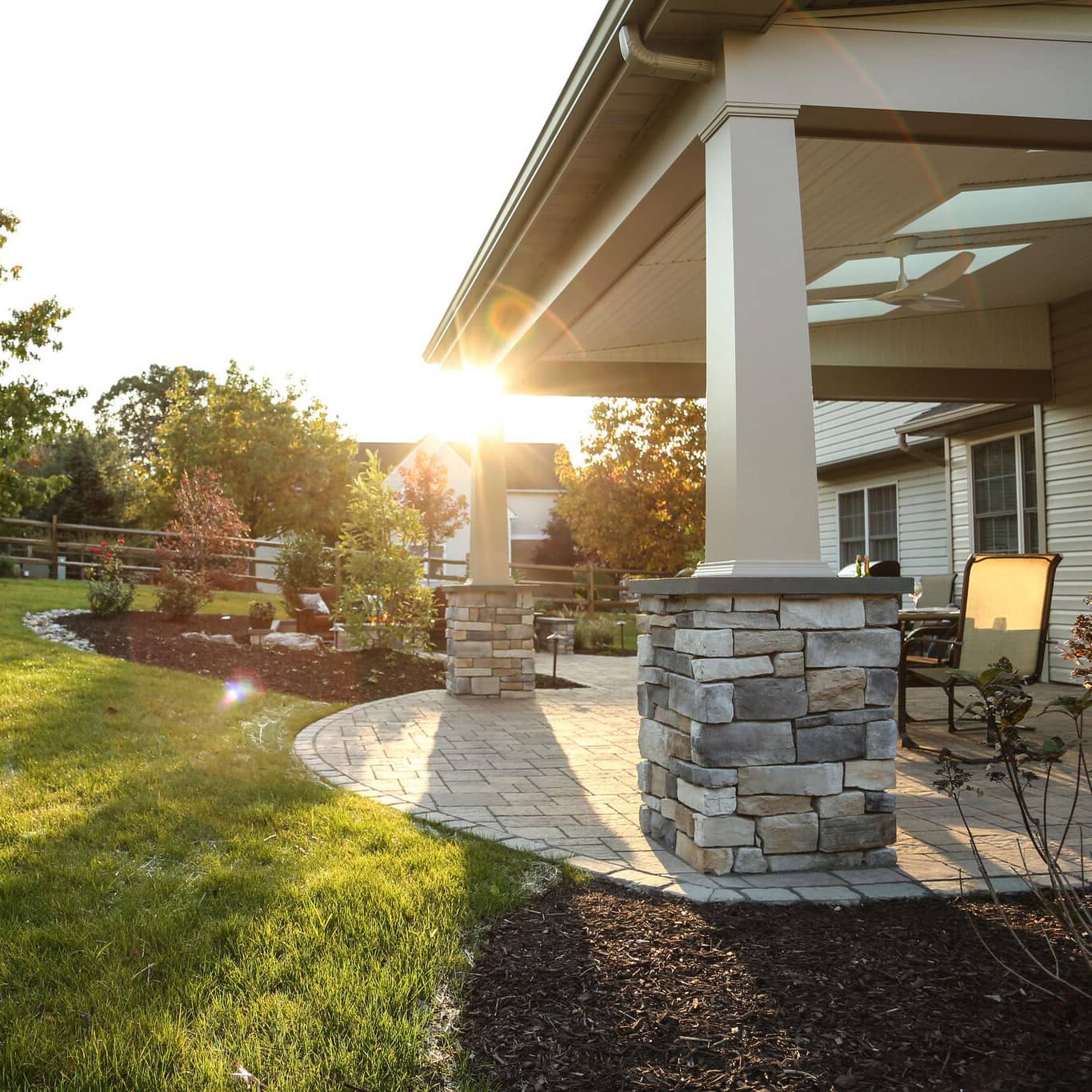Landscape Spotlight: Staghorn Sumac, ‘rhus typhina’
Posted October 25, 2018 in Plant and Tree
No, no, no, don’t run away! We are not talking about poison sumac! That bugger of a plant really ruins it for others; don’t let the poison give all plants in the Rhus genus a bad reputation. This landscape spotlight will focus on the Staghorn Sumac, an impeccable, non-poisonous tree native to Eastern North America known for its autumn interest.
Staghorm sumac is probably one of the most commonly used species in garden and landscaping applications. Getting its name from the fuzzy velvet that coats its branches and its antler-like appearance during the winter, this deciduous tree has plenty of benefits for your property.
Growing up to 25’ tall, its spread often exceeds its height, making it a nice selection for a windbreak or natural screen. This tree has a far-reaching yet shallow root system which helps to prevent soil erosion. This reason also makes it a great addition to slopes and banks. Actually, this specimen will grow in just about any well-drained soil and acclimate quickly to be very drought tolerant. With the ability to spread by root suckers, if left alone this tree can form a large colony by self-propagation. However, unwanted suckers can be plucked or mowed to keep the primary tree a manageable focal point.
Hardy in zones 3-8 (Find your zone here), its long and compound leaves give this landscape spotlight an almost tropical look during the summer with its vibrant green leaves and yellowish-green panicles coming to life in June/July. Its bare lower trunk is aesthetic enough to become one of your favorite specimens in the garden. Transitioning along with the season, the leaves and its fruit become the real star of the show.
Our northeast Pennsylvania autumn and winter scenes need to be punctuated with texture and color to capture our attention. As one of the first trees to change color in the fall, staghorn sumacs are known for their intensely vibrant orange and fiery scarlet leaves in the autumn, making them one of the most beautiful trees to incorporate into your landscape. Large and upright pyramidal fruit clusters will eventually make their appearance in the fall, arriving in a color coat of deep rust. Even when the leaves fall away for the season, the seedheads will remain throughout winter, providing color against the snow and valuable food for wildlife. Its strong, bare, architectural and ornamental form working in harmony to create an elegant silhouette will surely be the star of your winter landscape.
For those who would like all of the seasonal benefits of the staghorn sumac, but its size at maturity may be too intimidating for your space, you’re in luck! As a wonderful variation of the common sumac, Tiger’s Eye features a beautiful chartreuse color in the warmer months and transitions to a gorgeous gold, orange and red in autumn, yet isn’t as large and in charge as the staghorn. This variety will grow to about 6’ tall with a comparable spread and act more as a hardy shrub than an architectural tree. This makes it great for seasonal interest as well as a foundation planting or an addition to a wooded border.
When the temperatures take their annual dip and everything green starts to fade, turn your attention to the staghorn sumac to see if it would be a nice source of seasonal interest within your landscape! If you are searching for more landscape design guidance with an architectural focus, reach out to us at MasterPLAN Outdoor Living! Serving the Poconos, Lehigh Valley through the Main Line of Philadelphia and western New Jersey, MasterPLAN would love to partner together to uncover the true potential of your property through structure and landscape, perfectly fit for your family and lifestyle. It’s time to live your best life outdoors!
Join Our Newsletter
Stay up to date with what is happening with MasterPLAN Outdoor Living.
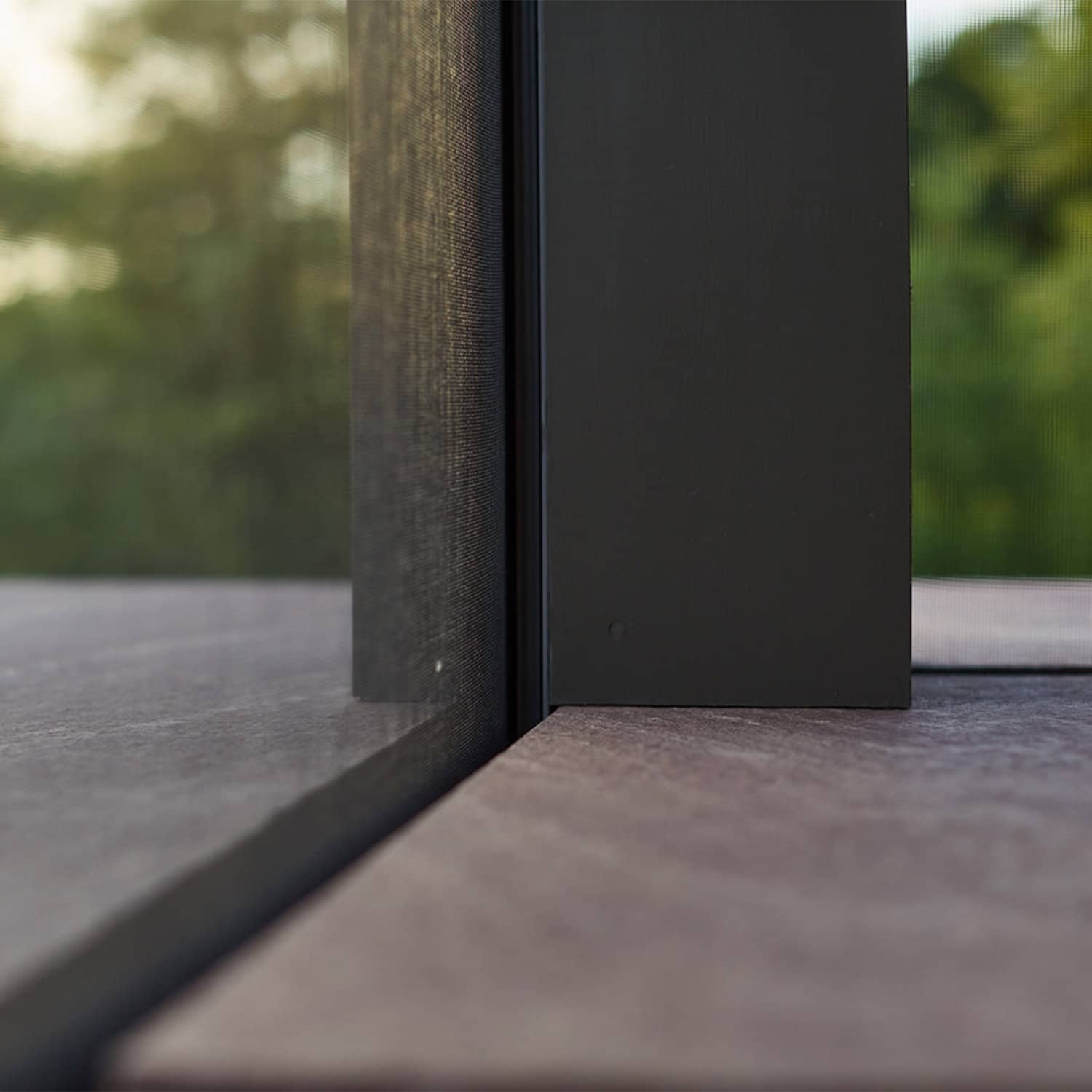
Automatic Phantom Screen Systems are a clean and efficient way to keep the bugs out of your outdoor party or hangout!
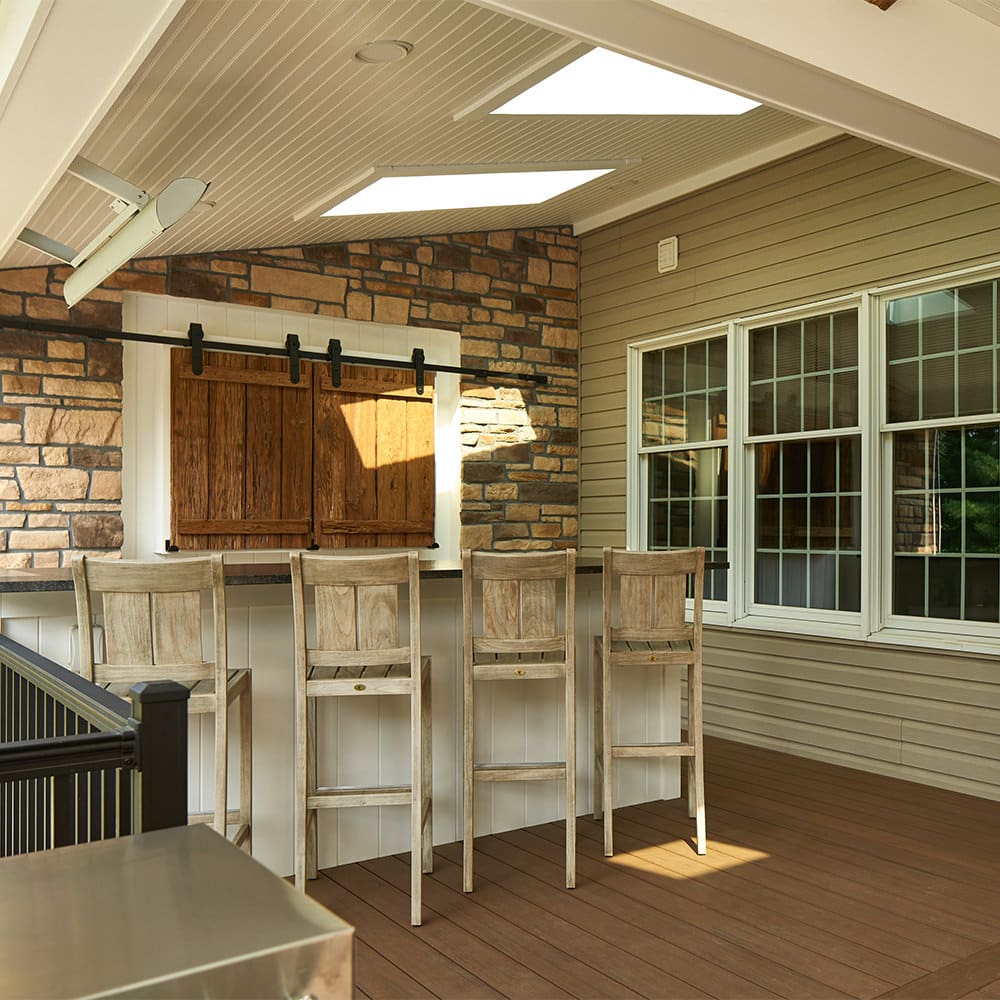
Strategically placed skylights in your outdoor living space will allow natural light to flood back into your home. This eliminates the cave-like effect so many worry about when wanting an attached roof system.
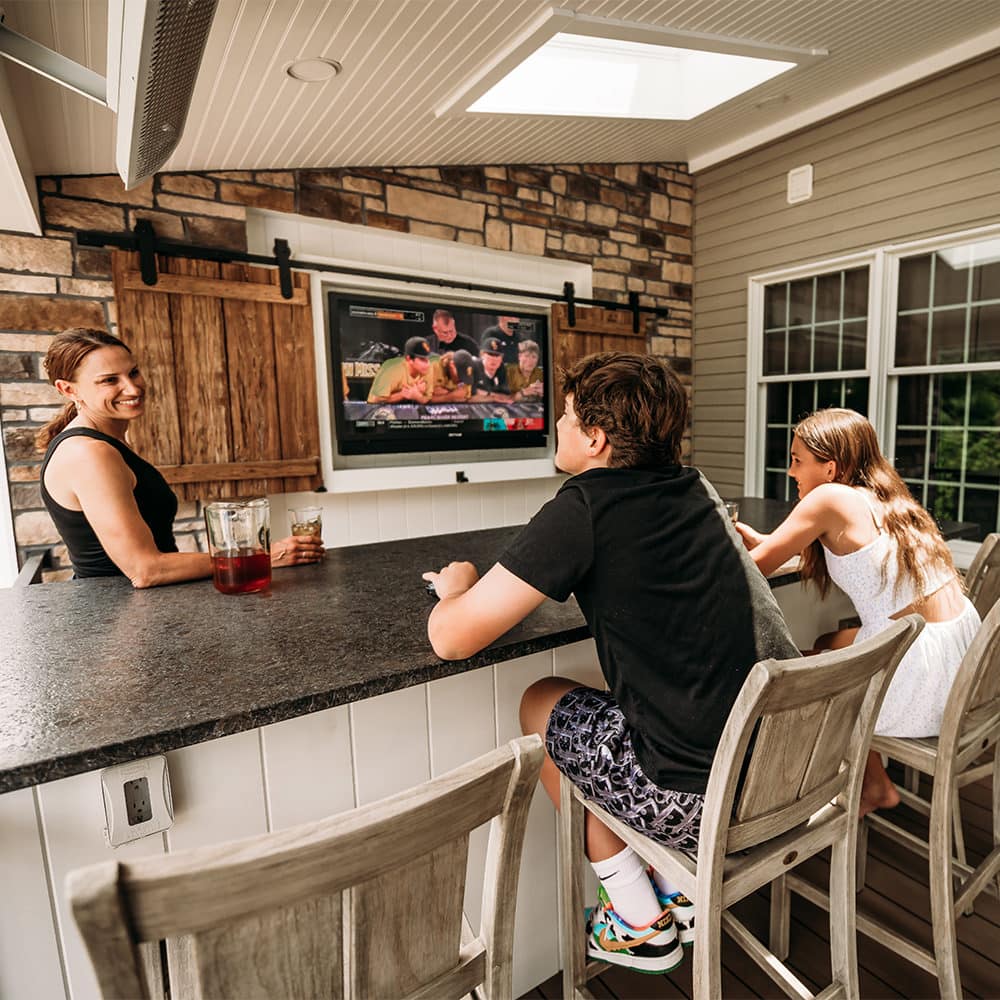
This fun outdoor living space in Bethlehem, PA draws the family outside every day to catch up with each other and connect on that day’s game!
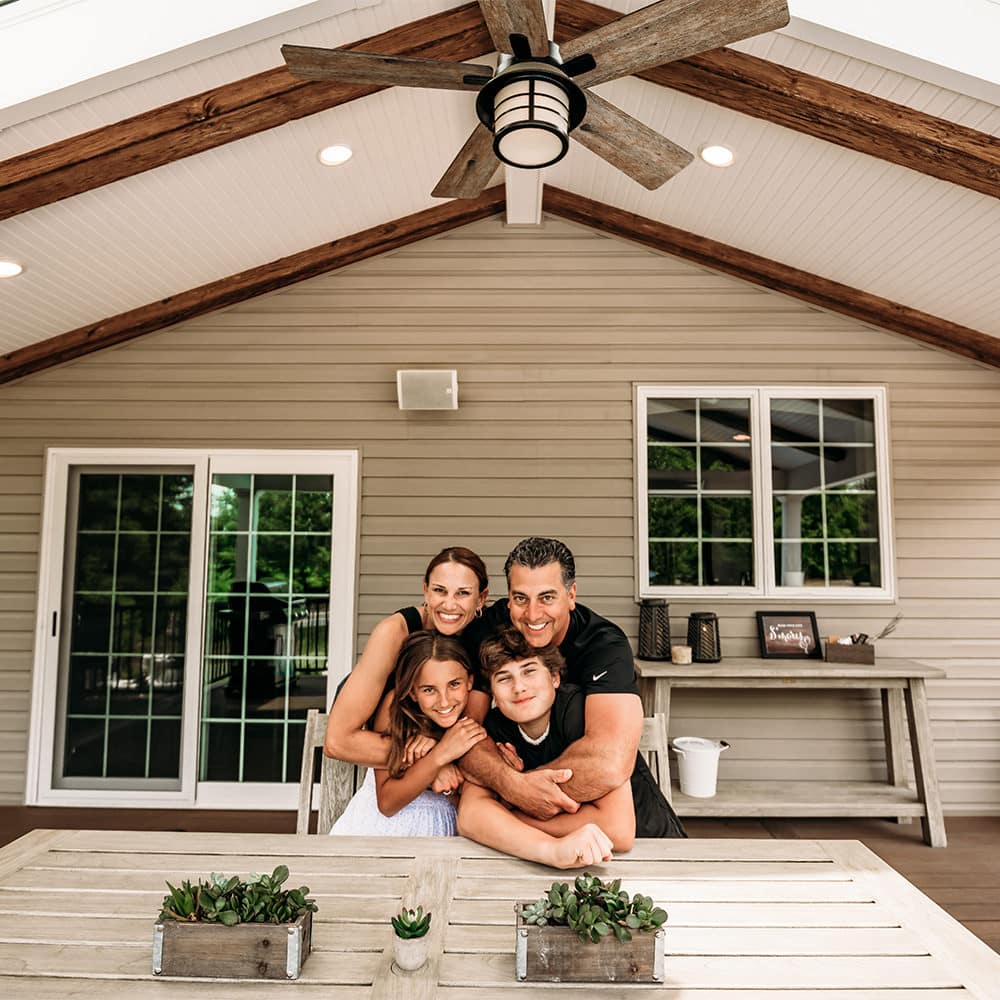
We are not sure this family’s smiles and spirits could get any brighter! Working with amazing people like this is what it’s all about!
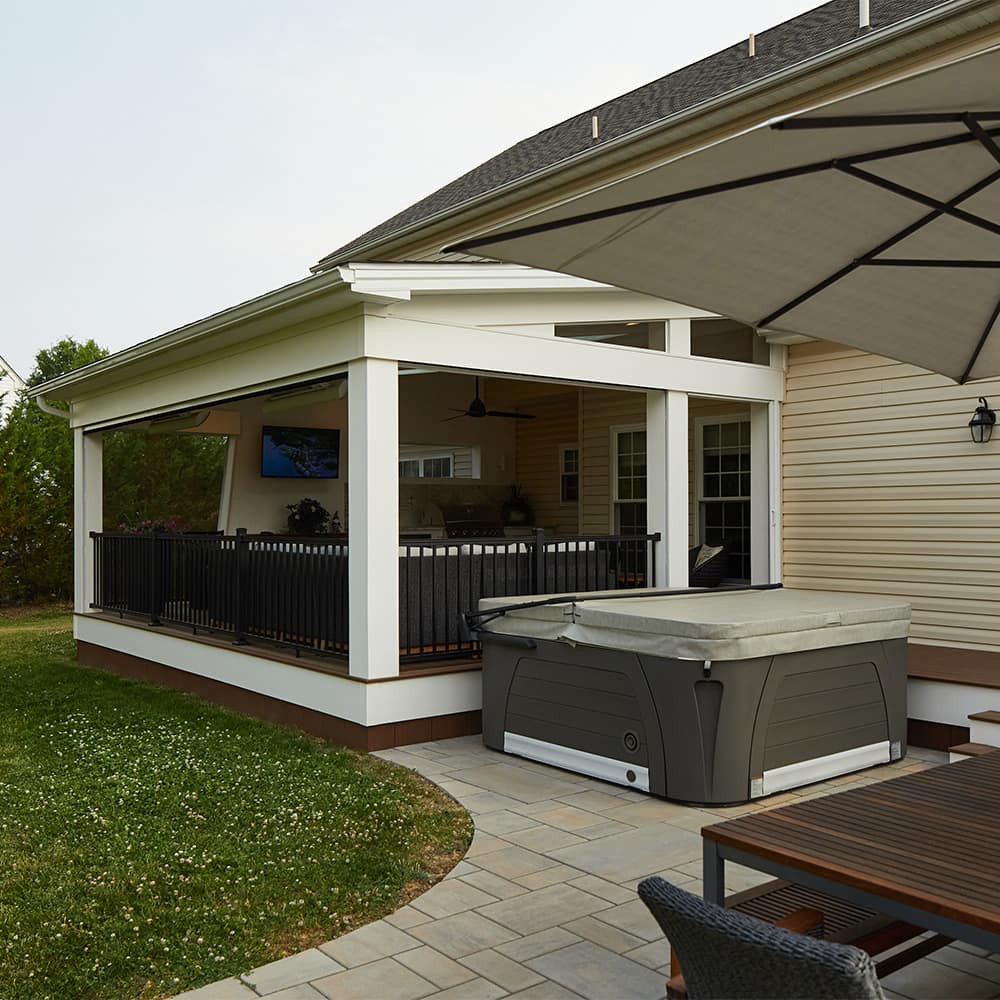
Working with a designer is a truly efficient process. This hot tub in Schwenksville, PA was placed strategically for the deck to act as additional privacy and the deck’s catwalk to provide a way to get in and out of the water!
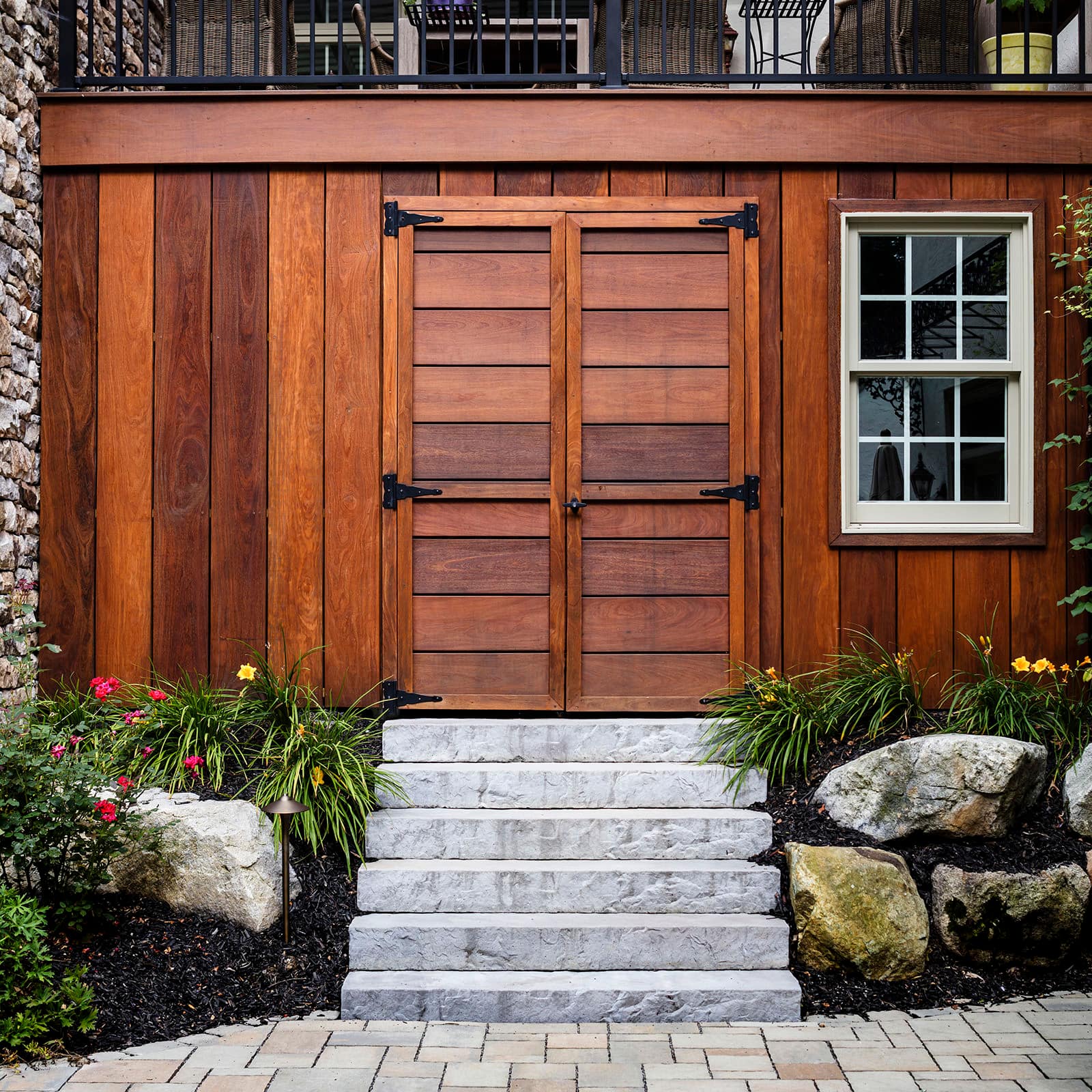
MasterPLAN always plans for spatial efficiency. This Center Valley projects makes great use of space by adding storage to the under-deck area!
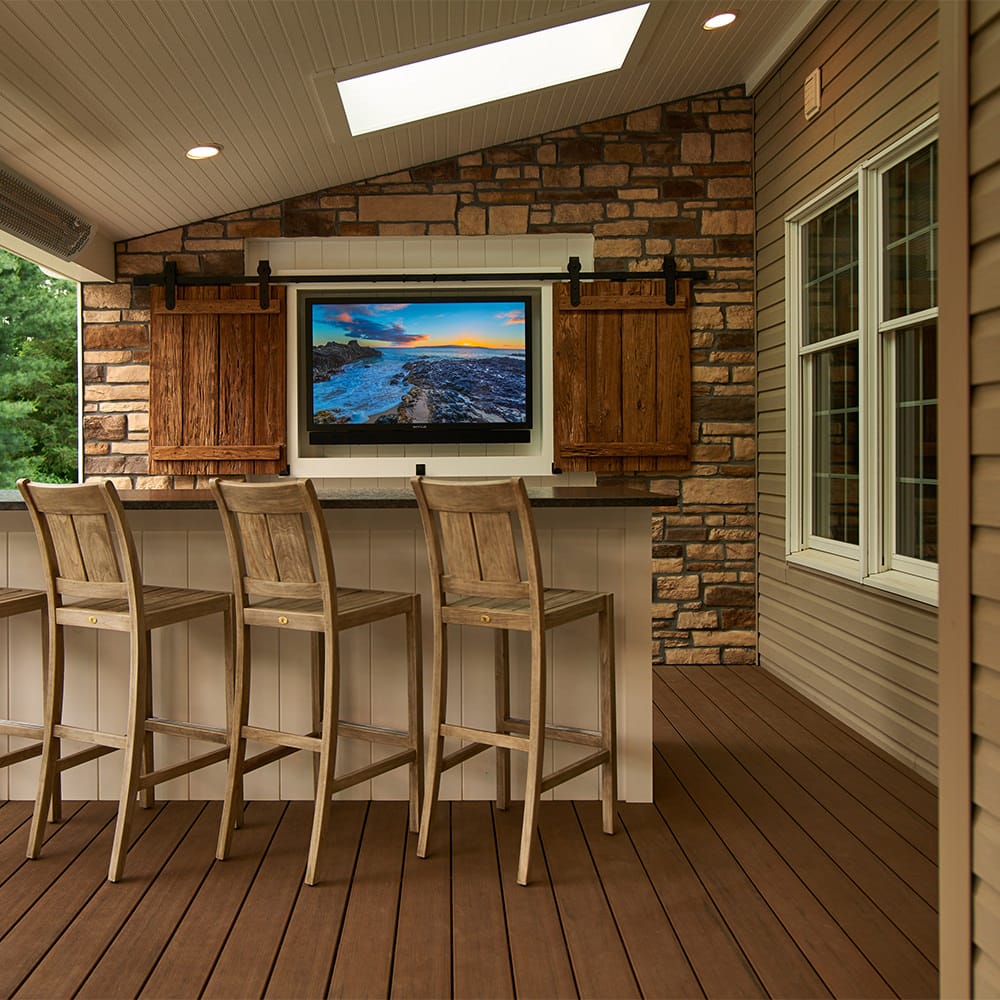
This feature wall creates privacy from the neighbor and doubles as the entertainment hub of the deck! The barnwood, stone veneer and metal accents complement each other in a timeless harmony.

An additional garage doesn't have to be prefab and boring, let's work together to create the space that you've always dreamed of!





